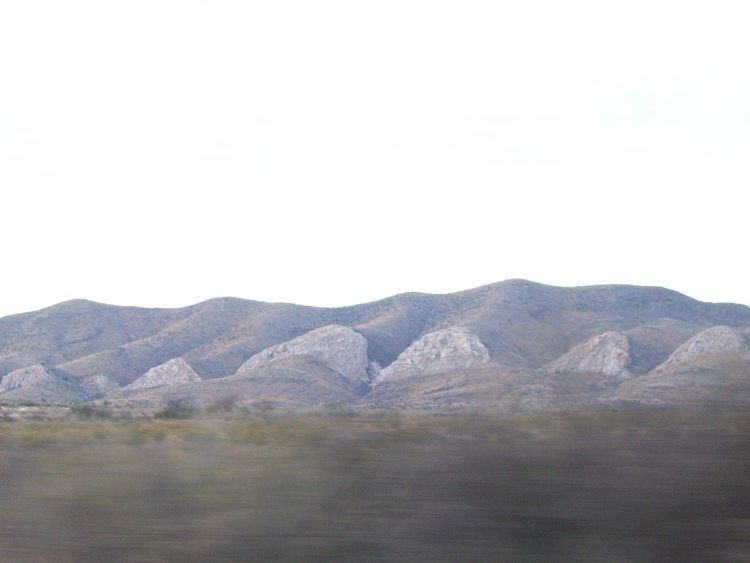 | ||
Novaculite is a form of chert or flint found in the Ouachita Mountains of Arkansas and Oklahoma and in the Marathon Uplift of Texas. Novaculite is considered to be highly siliceous sediments and may be a product of the low-grade metamorphism of chert beds. The strata were deposited in the Devonian Period and early Mississippian Subperiod and subjected to uplift and folding during the Ouachita orogeny of the Atokan Epoch (early Pennsylvanian Subperiod). Novaculite is very resistant to erosion and the layers of novaculite stand out as ridges in the Ouachita Mountains.
Novaculite is a form of microcrystalline or cryptocrystalline quartz. The color varies from white to grey-black and the specific gravity shows an increase from 2.2 to 2.5. The very hard dense rock is used as a whetstone; whetstones of this material are described as Arkansas stones. It has been mined since prehistoric times both as material for use as arrow and spear points and as sharpening stones. Moreover, the upper strata of Arkansas Novaculite, known as tripoli, has found a niche within the coatings, adhesives, sealants and elastomer industry as a performance additive or filler. Tripoli is mined just east of Hot Springs, Arkansas by Malvern Minerals Company.
The word novaculite is derived from the Latin word novacula, for razor stone.
